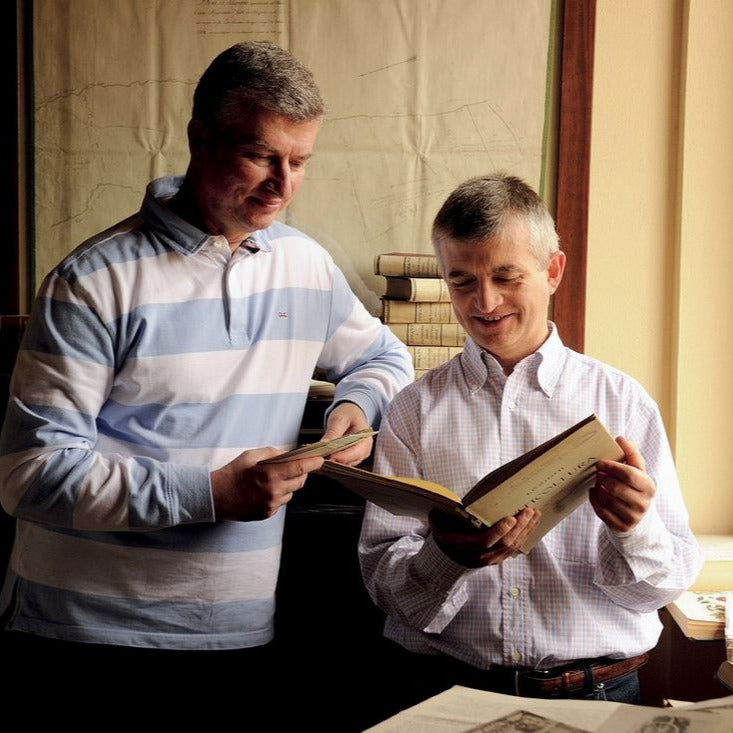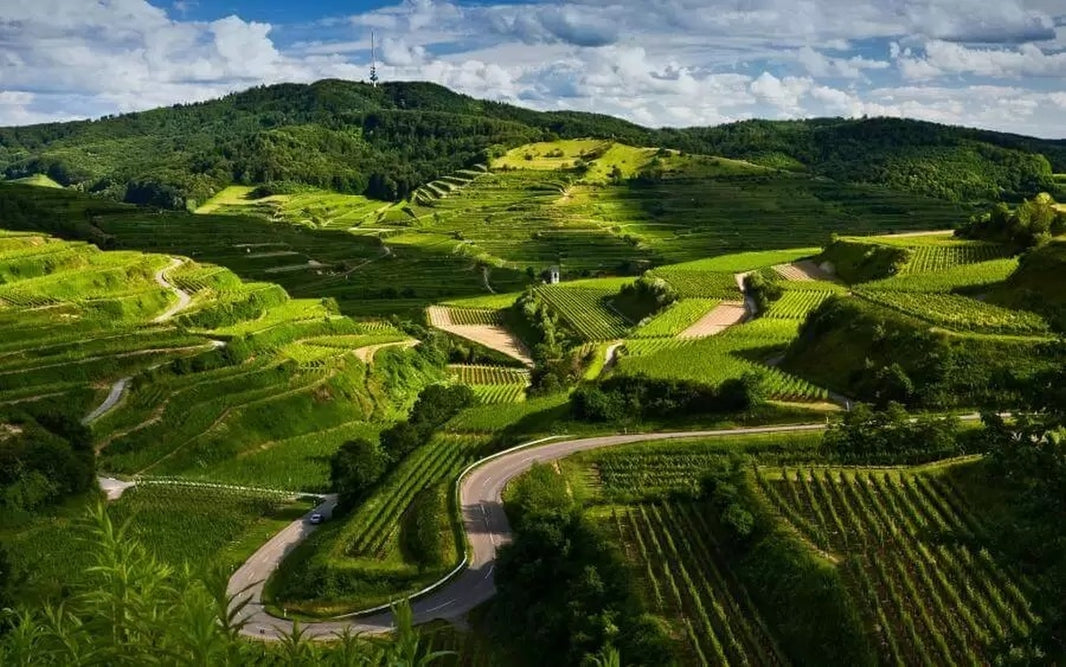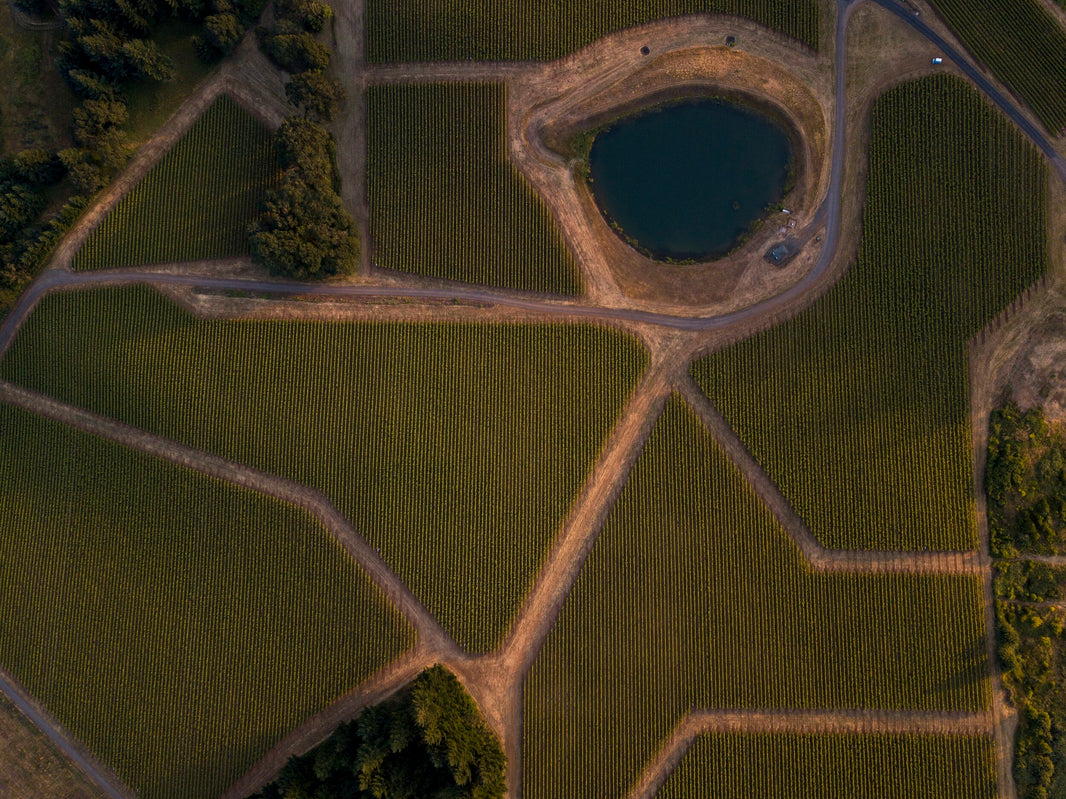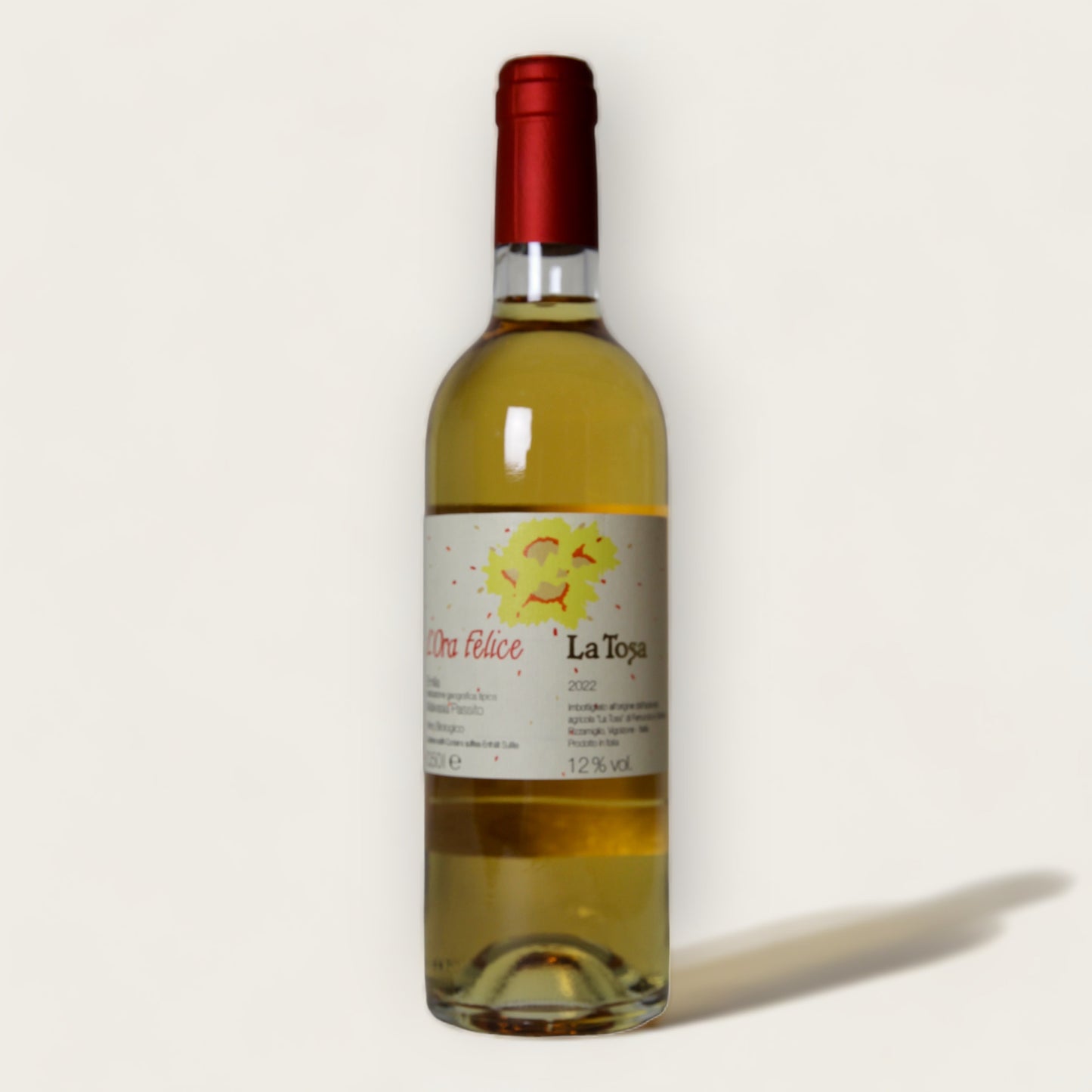Stay up-to-date with the latest news, exclusive promotions, and exciting events by subscribing to our newsletter! Sign up now and receive a 10% discount on your first purchase. Don't miss out on this great opportunity to stay connected with us and get access to special offers!
L'ora felice - Malvasia Passito - Emilia IGT - 2022
- Tax included.
A sweet white wine from Malvasia di Candia Aromatica appassita grapes, based on the desire to explore a version of Passito that is not so common in Italy: a wine based on freshness and elegance. The harvest period, carefully timed in early September, sets the stage for the crafting an exceptional wine. Whole grapes undergo a soft pressing, followed by fermentation at a controlled temperature of 15-16°C. To preserve the wine's unique characteristics, fermentation is interrupted through refrigeration, culminating in bottling in May.
'L’Ora Felice' made its debut in 2005, and each year, we produce an average of 2,500 500ml bottles. This exquisite wine can be enjoyed immediately or savored over the next decade, offering a versatile option for your cellar.
Grape Variety:
Alcohol: 12.0%
Serving Termperature °C: 10-12°C
Ageing Potential: 10-15 years
Terroir: Colli Piacentini

La Tosa

Colli Piacentini

Emilia Romagna


